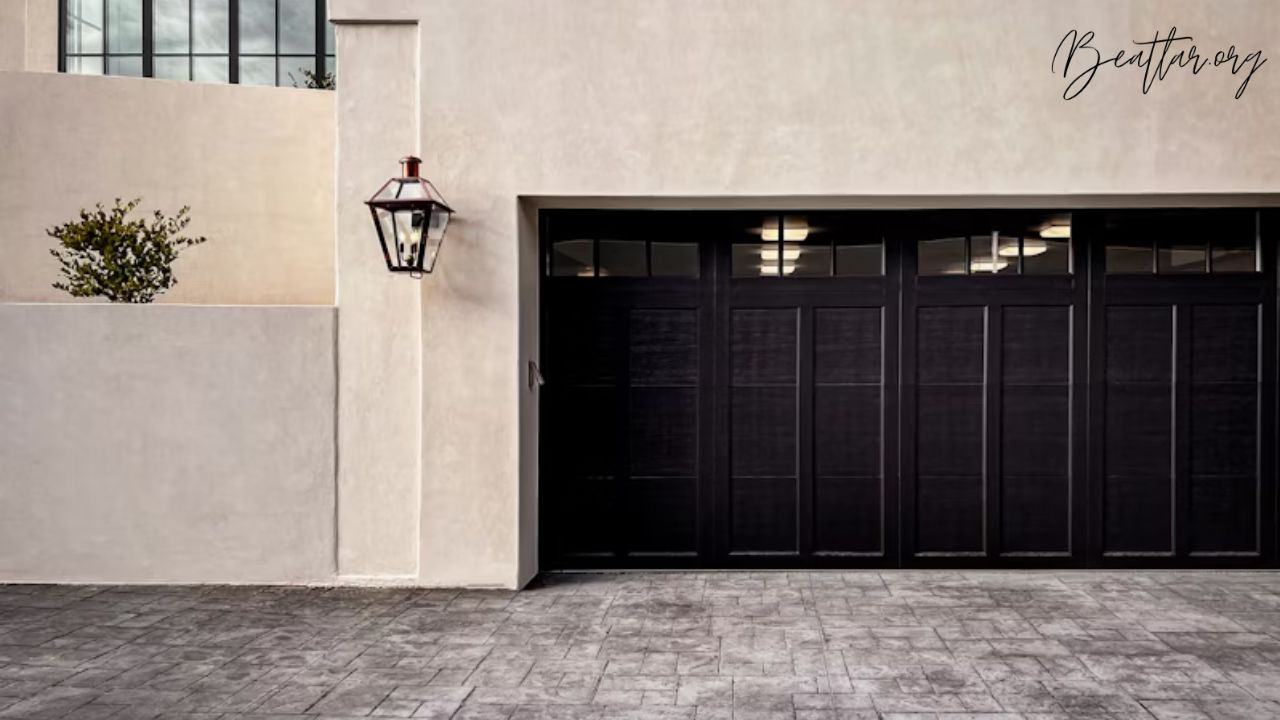When it comes to maintaining your home’s functionality and security, one often overlooked but critical component is the garage door seals bottom. These seals play a pivotal role in protecting your garage against drafts, pests, water leakage, and even energy loss. Whether you’re building a new garage or upgrading the one you already have, a high-quality garage door seal can significantly improve efficiency and keep your space secure.
Why Garage Door Seals Bottom Matter
The garage door seals bottom isn’t just a finishing touch—it performs several important functions. This unassuming piece of material acts as the first line of defense for your garage. Here are the key reasons they matter:
- Weatherproofing: They keep out rain, snow, and drafts.
- Environmental Control: Minimize temperature fluctuations inside the garage.
- Pest Deterrence: Stops rodents, insects, and other pests from entering.
- Energy Efficiency: Helps reduce energy costs by maintaining insulation.
- Garage Longevity: Prevents structural damage due to water and dirt.
Quick Summary of the Top-Rated Garage Door Seals Bottom Options
Below is a quick summary of some of the most popular products on the market, their features, and user ratings. This table will help you pick the one that best suits your needs.
| Product Name | Material | Features | Price Range | User Rating |
|---|---|---|---|---|
| FrostGuard Universal Seal | Silicone | High durability, weather-resistant | $25–$35 | 4.8/5 |
| EcoGarage Bottom Seal | Rubber | Flexible, eco-friendly, easy to install | $20–$28 | 4.6/5 |
| UltraFlex Pro Seal | Vinyl | Resistant to cracking, UV-protected | $30–$40 | 4.7/5 |
| SealPro Customized Seal | EPDM Rubber | Custom-fit, long-lasting | $40–$50 | 4.9/5 |
| MaxGuard Garage Seal | PVC | Affordable, multi-length options | $15–$25 | 4.5/5 |
Types of Garage Door Seals Bottom
Not all seals are created equal. Understanding their differences will help you select the most suitable one for your garage.
Weather-Resistant Seals
These are designed to withstand harsher climates. Made from materials like EPDM rubber or silicone, they are flexible, water-resistant, and long-lasting.
Flexible Bottom Seals
Flexible seals, often made from rubber or vinyl, can adapt to floor irregularities. They aren’t just effective against weather but can also serve garages with uneven surfaces.
Threshold Seals
Threshold seals are mounted on the floor rather than the garage door. They work great for keeping water and debris out, especially in heavy rainfall areas.
Garage Door Brush Seals
These aren’t traditional bottom seals but can be used as complementary add-ons. They include bristles that block dust and insects while maintaining airflow.
How to Choose the Right Garage Door Seal
Before buying a garage door seal bottom, consider these factors:
- Material: Silicone or rubber offers better flexibility and durability.
- Fit: Make sure it matches the size and design of your garage door.
- Installation: Self-install options are cost-saving, but professional help might be preferable for customized seals.
- Local Climate: For harsher weather, opt for specialty weatherproof seals.
- Use Case:
- For residential purposes, durability and aesthetics are key.
- Commercial garages may prioritize heavy-duty materials.
Installation Process
Wondering if you can install a garage door seals bottom yourself? Here’s a quick DIY guide:
- Measure the Gap:
-
- Calculate the width and height of the bottom edge of your garage door.
- Choose the Right Seal:
-
- Match your measurements to a compatible seal.
- Prep the Area:
-
- Clean the bottom of the garage door to remove dirt and debris.
- Attach the Seal:
-
- Slide-on seals can be installed without tools, while adhesive seals require proper alignment and some drying time.
Watch Out For:
- Improper Alignment can result in leaks or gaps.
- Inspect your work using a flashlight to check for air pockets.
Real-World Reviews and User Ratings
Many homeowners swear by the effectiveness of garage door seals bottom. Here are a few real-world examples:
- Sarah K. from Dallas, TX says, “I installed the UltraFlex Pro Seal last winter, and it prevented water pooling during heavy rains. Highly recommend it!”
- Michael T. in Seattle, WA mentions, “The FrostGuard seal was a game changer—easy installation and it blocked all drafts. Perfect for our rainy weather!”
These reviews highlight how investing in a durable seal can make a noticeable difference.
FAQs About Garage Door Seals Bottom
1. How often should you replace a garage door seal bottom?
It depends on usage and material. On average, rubber and silicone seals last 5–8 years unless heavily worn.
2. Can I install a seal by myself?
Yes, many seals are DIY-friendly! However, custom-fit options often require professional installation.
3. Are there any budget-friendly options?
Yes, products like MaxGuard are affordable and still effective for light protection.
4. Do all seals work on uneven garage floors?
No. Flexible rubber seals are better suited for this purpose compared to rigid ones.
5. What is the best material for long-lasting protection?
EPDM rubber and silicone provide the best durability and weather resistance.
Enhancing Your Garage Today
Investing in a garage door seals bottom isn’t just about closing a gap—it’s about peace of mind. By keeping nature, bugs, and unnecessary expenses out, you create a cleaner, safer, and more energy-efficient space. Don’t wait until the next rainy season to seal the deal on your garage door—take action now!
Admin Recommendations:
Enhance Your Home with a Retractable Garage Door Screen | Durable & Stylish Solutions
Transform Your Home with Festive Christmas Garage Door Covers
Ranch Home Interiors: Stylish Design Ideas for Modern Living
